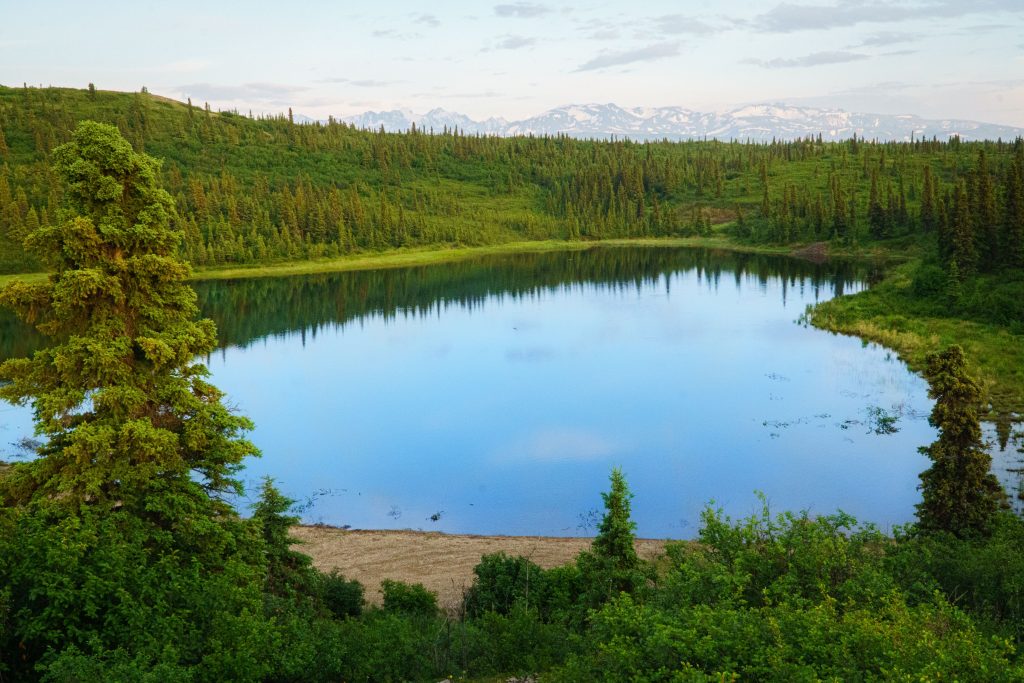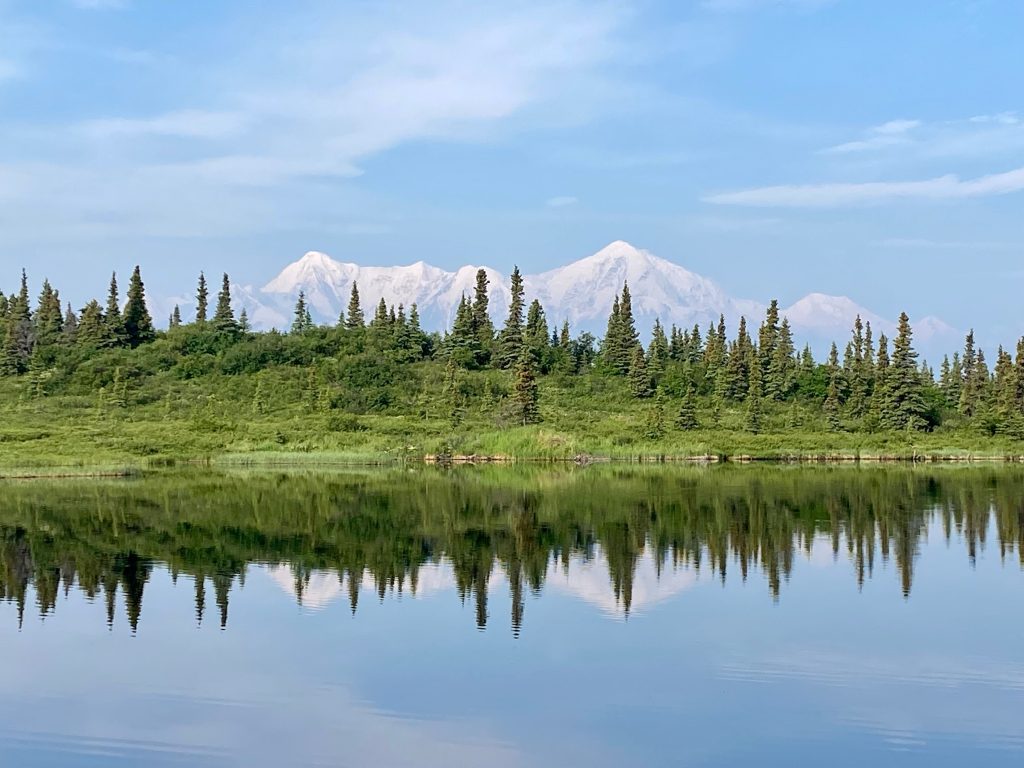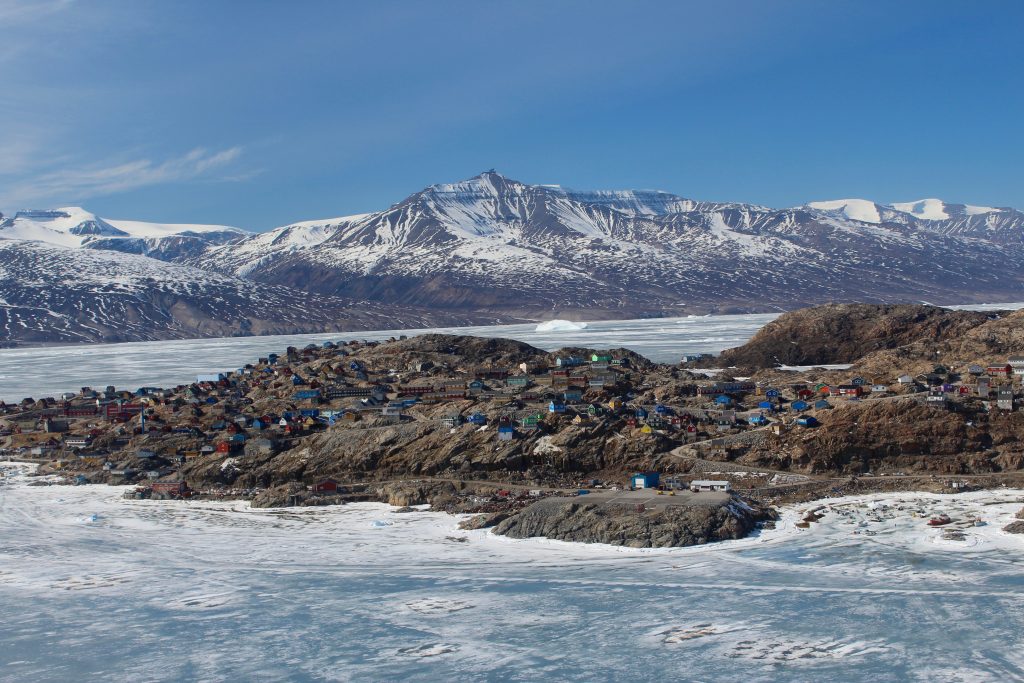Research in the COOL Lab
Broadly, our research investigates Arctic hydrology and cryosphere dynamics using satellite data. We are especially interested in better understanding processes that occur at short time scales (daily to weekly to seasonally) and in understanding how short-term changes both contribute to and reflect long-term trends. Research in the COOL Lab can broadly be categorized under three primary areas, namely Northern Surface Water Dynamics, Arctic Coastal Environmental Change, and Global Fluctuations in Water Storage. Underpinning all of this work is the use of new satellite technologies for observing fine-scale dynamics. Our lab’s PI was an early adopter of Planet data and has received multiple grants through NASA’s Commercial SmallSat Data Acquisition (CSDA) program to investigate the utility of new commercial imagery for surface water observation. Our research also frequently uses (relatively) new NASA satellites like ICESat-2 and SWOT which provide novel capabilities for measuring water storage variability. While our work primarily relies on satellite data, we also conduct fieldwork to validate our results and contextualize findings.
Northern Surface Water Dynamics
Arctic and Boreal regions are home to the highest density and number of lakes on Earth. Understanding how these lakes are changing, on both seasonal and interannual time scales, is critical for assessing environmental sensitivity to climate change, monitoring the hydrology of these remote and often poorly studied regions, and constraining terrestrial freshwater methane emissions. Our research investigates climate-driven changes to Arctic lakes and rivers. We are especially interested in better understanding drivers of sub-seasonal variability in Arctic water dynamics and how this can help us better understand decadal-scale trends. Our work also includes lake and river ice phenology and how shoulder season processes like ice breakup and snowmelt influence surface water patterns.


Arctic Coastal Environmental Change
The combination of declining sea ice, permafrost thaw, and sea level rise means Arctic coastal communities face some of the most severe environmental impacts to climate change. Changes to coastal (landfast) sea ice are especially consequential for Arctic communities. Coastal Arctic communities depend on landfast ice for traditional subsistence activities and transportation as the ice provides a vital link between otherwise isolated villages. The ice is also a critical habitat for Arctic mammals and protects Arctic coastlines from erosion. We use satellite remote sensing techniques in combination with fieldwork to quantify how landfast ice has changed over the past few decades and how we might expect it to change in the future. We also collaborate with social scientists to investigate the impact of these changes on Arctic communities.


Global Fluctuations in Surface Water Storage
Water storage in global lakes and reservoirs fluctuates on a range of timescales due to changes to the water balance and human management. Understanding how water storage varies is vital for water management, constraining the imprint of climate change on water availability, and ensuring the sustainability of freshwater resources. Tracking global surface water variability has traditionally been challenging due to a lack of globally-distributed in situ storage data and difficulties observing storage from space, especially in small water bodies. Our research investigates new techniques for measuring water storage using satellite altimeters such as ICESat-2 and other datasets. We are especially interested in quantifying the human imprint on surface water variability and how new satellite technologies and data analysis techniques can improve our ability to understand water management and storage patterns at a global scale.

